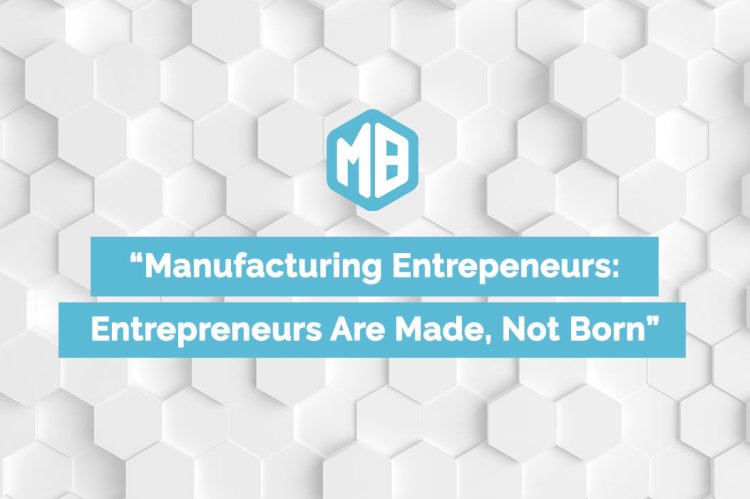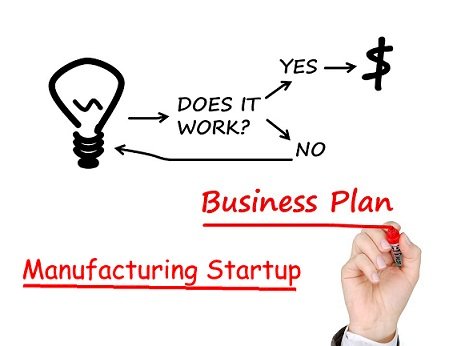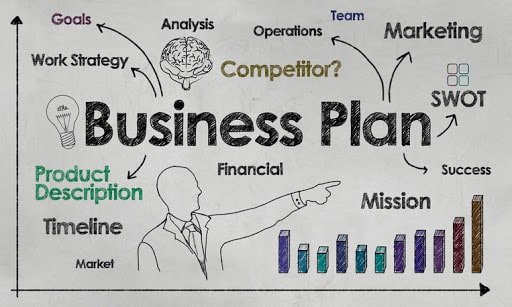The Manufacturing Entrepreneur’s Journey: From Idea to Product to Market
Starting a manufacturing business is a challenging but rewarding endeavor. By following these nine steps, you can increase your chances of success and achieve your goals.


Starting a manufacturing business can be a rewarding yet challenging endeavor. From conceptualizing your product to setting up efficient production processes, manufacturing entrepreneurs face a unique set of considerations.Manufacturing is one of the most important sectors of the economy, contributing to innovation, employment, and exports.
However, starting a manufacturing business is not easy. It requires a lot of planning, research, and investment. You need to follow some key steps to ensure your success. In this blog post, we will outline some of the essential steps for manufacturing entrepreneurs.
Step 1: Perform Market Research:
The first step is to understand your target market and customers. You need to find out what they want, what they are willing to pay, and how they make their buying decisions. You also need to analyze your competitors and identify your unique selling proposition.
You can perform market research by using various methods, such as surveys, interviews, focus groups, online research, and observation. You can also use tools like Google Trends, Keyword Planner, and Bing Webmaster Tools to find out what people are searching for online.
Step 2: Pick Your Niche:
The next step is to choose your niche or product category. You need to decide what kind of product you want to make and who will buy it. You can either create something new or improve something that already exists.
You should pick a niche that has a high demand, low competition, and good profit margins. You should also consider your passion, skills, and resources. You can use tools like Amazon Best Sellers, Alibaba, and Etsy to find out what products are popular and profitable.
Step 3: Write a Business Plan:
The third step is to write a business plan for your manufacturing business. A business plan is a document that describes the goals, strategies, and financial projections of your business. It helps you to communicate your vision, secure funding, and measure your progress.
Your business plan should include the following sections: executive summary, company description, market analysis, product description, marketing plan, operational plan, management team, and financial plan. You can use tools like Business Model Canvas, Lean Canvas, and LivePlan to create your business plan.
Step 4: Get Funding:
The fourth step is to get funding for your manufacturing business. You need to have enough capital to cover the costs of setting up your manufacturing unit, buying equipment, hiring staff, and running your operations. You also need to have some contingency funds for unexpected expenses.
You can get funding from various sources, such as your own savings, family and friends, bank loans, angel investors, venture capitalists, crowdfunding, and government grants. You should compare the pros and cons of each option and choose the one that suits your needs and goals.
Step 5: Find the Best Space:
The fifth step is to find the best space for your manufacturing business. You need to have a suitable location that can accommodate your production, storage, and distribution needs. You also need to consider the availability of utilities, labor, raw materials, and transportation.
You can either buy or rent a space for your manufacturing business. You should compare the costs, benefits, and risks of each option and choose the one that fits your budget and requirements. You should also check the zoning, environmental, and safety regulations of the area.
Step 6: Purchase Equipment:
The sixth step is to purchase equipment for your manufacturing business. You need to have the right tools and machines to produce your product efficiently and effectively. You also need to have the necessary software and hardware to manage your operations and data.
You can either buy or lease equipment for your manufacturing business. You should compare the costs, benefits, and risks of each option and choose the one that matches your needs and goals. You should also look for reliable suppliers, warranties, and maintenance services.
Step 7: Find the Right Digital Tool:
The seventh step is to find the right digital tool for your manufacturing business. You need to have a platform that can help you with various aspects of your business, such as product development, supply chain management, sales and marketing, customer support, and other support services.
You can use tools like Microsoft Dynamics 365, SAP, and Oracle to streamline your business processes and improve your productivity, quality, and profitability. You can also use tools like Shopify, WooCommerce, and Magento to create your online store and sell your products.
Step 8: Hire People to Make Your Product:
The eighth step is to hire people to make your product. You need to have a skilled and motivated workforce that can execute your production plan and meet your quality standards. You also need to have a strong leadership and management team that can guide and support your staff.
You can hire people from various sources, such as online job portals, referrals, recruitment agencies, and local colleges. You should look for candidates who have the relevant qualifications, experience, and attitude for your manufacturing business. You should also provide them with proper training, compensation, and benefits.
Step 9: Promote Your Business:
The ninth and final step is to promote your business. You need to create awareness and interest for your product and brand among your potential customers. You also need to build trust and loyalty among your existing customers and encourage them to refer your business to others.
You can promote your business by using various methods, such as word-of-mouth, social media, email marketing, content marketing, SEO, PPC, and PR. You can also use tools like Google Analytics, Mailchimp, and Hootsuite to monitor and optimize your marketing campaigns.

Conclusion:
Starting a manufacturing business is a challenging but rewarding endeavor. By following these nine steps, you can increase your chances of success and achieve your goals. Remember, you are not alone in this journey. You can always seek help from experts, mentors, and peers who can guide and support you along the way.
We hope this blog post has given you some useful insights and tips on how to start your own manufacturing business.
























